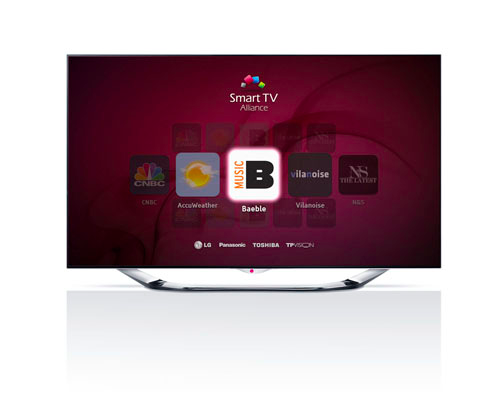Replenishment of developers in the Smart TV Alliance

Smart TV Alliance - a project created last year by the joint efforts of LG and TP Vision (a company that manufactures televisions under the Philips brand) in order to create a unified application platform for smart TVs, is meeting new participants.
Smart TV Alliance sees its task as creating common standards that will allow developers to create unified Smart TV applications that can work equally effectively on different TV models, while now most developers have to prepare separate applications for each manufacturer.
The start of the alliance was put by our company and TP Vision, during 2012 such companies as Toshiba, Qualcomm and MStar joined us - as a result already many of the “new” applications on LG, Philips and Toshiba TVs are cross-platform and the application launch procedure right away among the three brands of TVs greatly simplified.

We are pleased to announce that another major television manufacturer, Panasonic, as well as new suppliers of software and hardware solutions, such as IBM , ABOX42 , TechniSat and Specific Media , have joined us .
As part of CES 2013, the largest consumer electronics exhibition, the new centralized SDK for 2013 was demonstrated, which includes a new, more expanded list of supported digital rights management systems (DRMs), as well as information on wider access to TV technical functions, including Internet data transfer functions (for example, to develop integrated services with smartphones, web services and electronic payments), extended MPEG-DASH support, which is extremely important for VoD and multimedia All services. The new SDKs will also allow the use of a wider range of functions from HTML5, CSS3 and JavaScript specifications.
The updated SDK will be published on the alliance website shortly.

One of the goals of the Smart TV Alliance sees the creation of a single unified application store. Joining Panasonic to the Alliance is another step in that direction.

“Now application developers can focus on what they do best. Instead of chasing the individual requirements of each manufacturer and matching processes, they can spend most of their creative energy on developing innovative applications and services, improving the quality of the latter. ”

